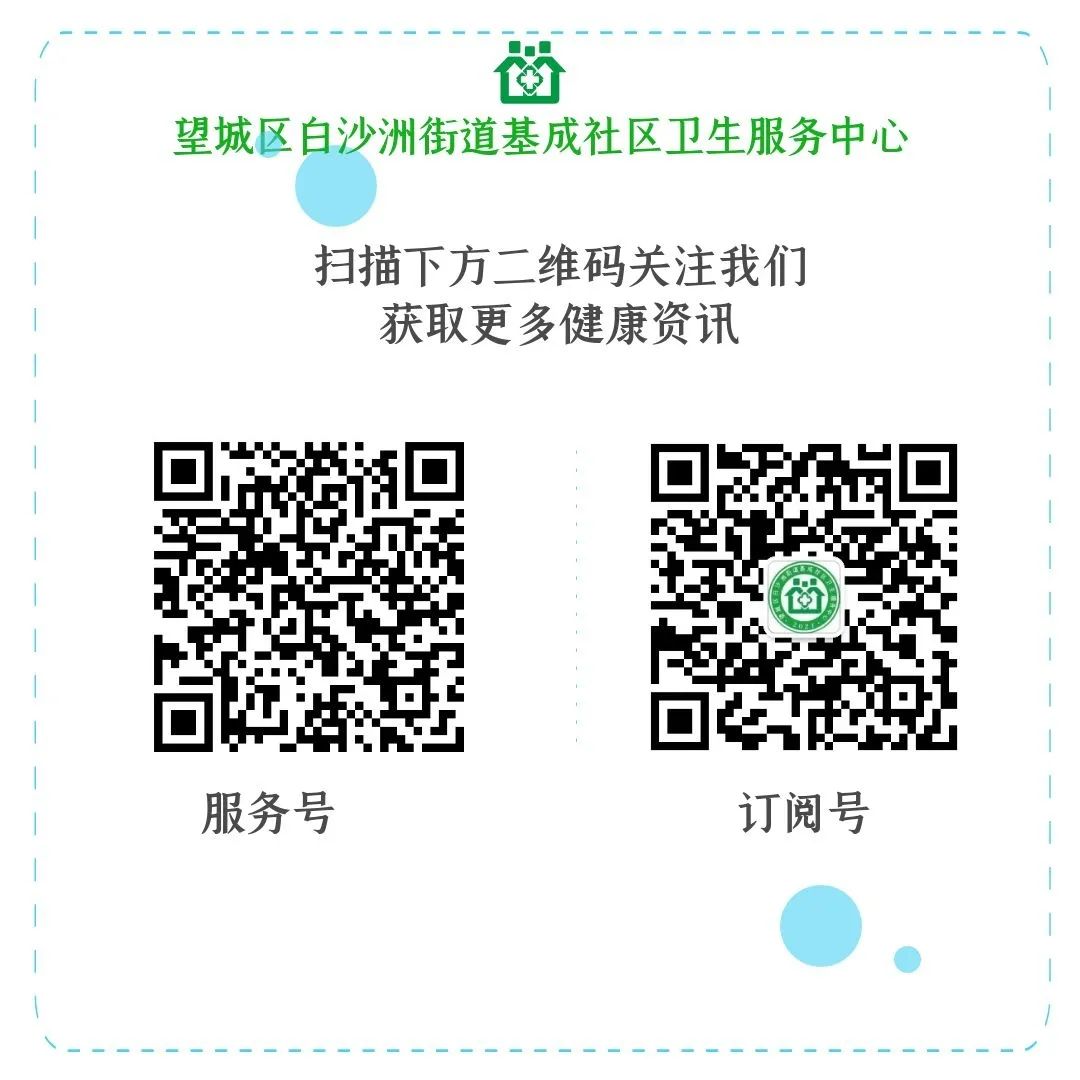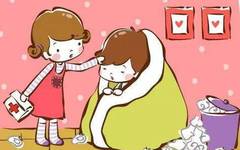
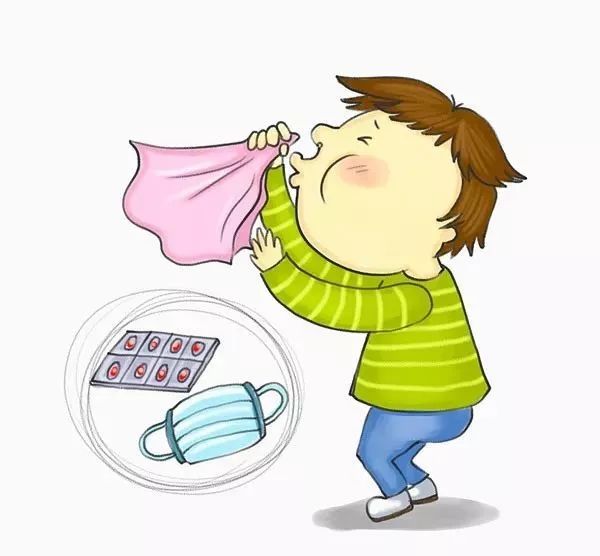
In Traditional Chinese Medicine (TCM), colds are primarily classified into two types: Wind-Cold (Feng Han) and Wind-Heat (Feng Re). These two types differ significantly in their pathogenesis, symptoms, and medication choices. Wind-Cold colds are caused by the invasion of wind and cold pathogens, leading to a failure of lung qi to disperse. Wind-Heat colds result from the invasion of wind and heat pathogens, causing a disharmony in lung qi.
How to Distinguish Between Wind-Cold and Wind-Heat Colds?
1. Diagnosis Based on Pathogenesis. When wind and cold pathogens invade the body together, it is classified as a Wind-Cold syndrome; when wind and heat pathogens invade together, it is classified as a Wind-Heat syndrome. Therefore, Wind-Cold colds are more common in winter, while Wind-Heat colds are more prevalent in summer. However, this is not absolute, as the occurrence of Wind-Cold and Wind-Heat colds is also related to individual constitution and lifestyle habits.
2. Diagnosis Based on Common Symptoms

|
Diagnostic Criteria |
Wind-Cold Cold |
Wind-Heat Cold |
|
Season |
Autumn and Winter |
Spring and Summer |
|
Nasal Discharge |
Clear |
Thick and Yellow |
|
Sputum |
Thin and White |
Thick and Yellow |
|
Coating of the Tongue |
Thin and White |
Thin and Yellow |
|
Cough |
Not severe, dry cough, itchy throat |
Severe, loud cough, slightly dull |
|
Sore Throat |
Not red or swollen, not painful |
Red, swollen, painful throat, enlarged tonsils |
|
Thirst |
No thirst/dryness |
Dry mouth and tongue |
|
Perspiration |
Not easily sweating |
Excessive sweating |
|
Gastrointestinal Discomfort |
Cold pain in the abdomen, clear and long urination |
Constipation, diarrhea |
|
Fever |
Mild fever, severe chills |
Severe fever, mild chills, or even no chills, but feeling hot |
Wind-Cold Cold
Caused by the invasion of wind and cold pathogens, leading to a failure of lung qi to disperse. Symptoms include: severe chills, mild fever, no sweating, headache, body aches, nasal congestion with clear discharge, cough with thin white sputum, no thirst or preference for hot drinks, and a thin white tongue coating. Treatment should focus on spicy-warm methods to release the exterior and disperse cold.
Wind-Heat Cold
Caused by the invasion of wind and heat pathogens, leading to a disharmony in lung qi. Symptoms include: severe fever, slight aversion to wind, headache, sweating, red and swollen sore throat, cough with thick or yellow sputum, nasal congestion with yellow discharge, thirst with a preference for drinks, red tongue tip and edges, and a thin white or slightly yellow tongue coating. Treatment should focus on spicy-cool methods to release the exterior and clear heat.
From a Western medicine perspective, Wind-Cold colds are generally simple colds without complications; whereas Wind-Heat colds may present with various complications, such as bacterial infections of the nose, throat, or bronchial tubes, and can show significant inflammation.
Four Things to Avoid When Having a Cold:
1. Intense Exercise
Relying on exercise to induce sweating to treat a cold is not only ineffective but can cause greater harm, especially to the elderly, children, and those with weak constitutions. An accelerated metabolism from intense activity can increase internal heat, leading to excessive energy consumption while the patient’s resistance is significantly lowered, making it easier for cold viruses to invade. If the heart muscle is affected, it can worsen the burden on the heart and lungs, potentially leading to acute myocarditis, heart failure, or even sudden cardiac death.
2. Not Eating
People with colds often experience a loss of appetite. Not eating during this time can lead to insufficient energy supply, exacerbating the symptoms of the cold, as hunger will only worsen the condition.
3. Sauna
Cold patients should avoid saunas, as the repeated alternation of hot and cold can further weaken the body’s resistance and worsen symptoms.
4. Drinking Alcohol
Consuming alcohol during a cold can exacerbate vascular dilation and congestion, increasing respiratory secretions and worsening the condition, which is not only unhelpful but harmful.
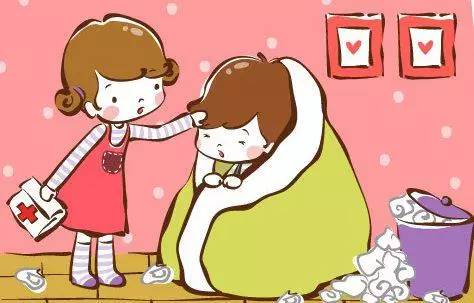 Five Things to Do When Having a Cold
Five Things to Do When Having a Cold
1. Bed Rest
Resting helps conserve the energy needed for recovery and can prevent complications such as bronchitis and pneumonia. Adequate rest and balanced nutrition are the best ways to treat a cold, and generally, recovery occurs within about a week.
2. Keep Indoor Air Clean and Ventilated
While it is not advisable to expose oneself to drafts during a cold, keeping doors and windows tightly closed can prevent air circulation, allowing cold pathogens to proliferate.
3. Take Warm Baths
A warm steam bath can help relieve nasal congestion. Alternatively, boil a pot of water, pour it into a bowl, and cover your head with a towel to inhale the steam until it cools. This can moisten a dry throat and alleviate coughing.
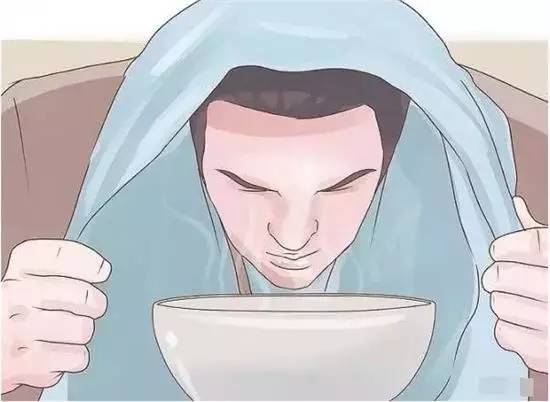
4. Gargle with Salt Water
Gargling with salt water in the morning, noon, and evening, or whenever discomfort arises, can help relieve throat discomfort. Dissolve 1 teaspoon of salt in 1 cup of warm water for gargling.
5. Drink Plenty of Water
Cold patients should increase their fluid intake, as fever can lead to significant fluid loss. Drinking distilled water or fruit and vegetable juices can provide good hydration, and fruit and vegetable juices can also supply essential vitamins and minerals, especially vitamin C.
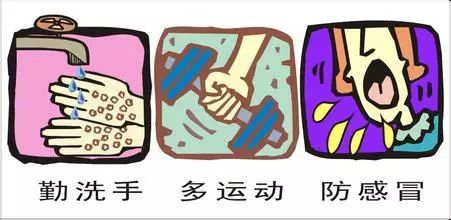
Note: Chicken soup and ginger tea are effective for Wind-Cold colds but are not suitable for Wind-Heat colds; they should be avoided in the case of Wind-Heat colds.
How to Choose Appropriate Medications?
For Wind-Cold colds, the treatment should focus on spicy-warm methods, commonly using herbs such as Ma Huang (Ephedra), Jing Jie (Schizonepeta), Fang Feng (Siler), and Su Ye (Perilla Leaf) to release the exterior and disperse cold. For Wind-Heat colds, the treatment should focus on spicy-cool methods, commonly using herbs such as Ju Hua (Chrysanthemum), Bo He (Peppermint), and Sang Ye (Mulberry Leaf) to clear heat and detoxify.
Commonly Used Chinese Patent Medicines
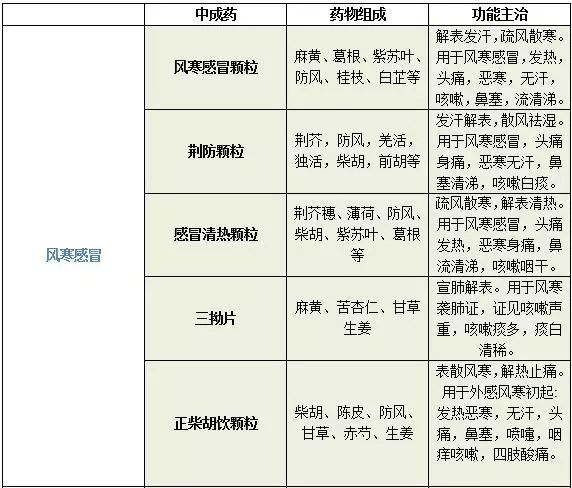
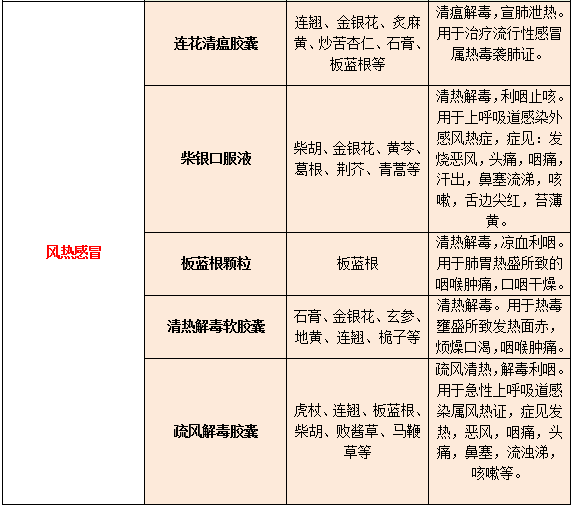
Doctor’s Profile

Dr. Cao Juan
Practicing physician, graduated from Xiangnan University Clinical Medicine Department, with a bachelor’s degree and over 5 years of clinical experience, proficient in theoretical knowledge and familiar with the diagnosis and differential diagnosis of common and frequently occurring diseases in internal medicine.
Specializes in: pneumonia, bronchitis, chronic obstructive pulmonary disease, asthma, pharyngitis, cough, hypertension, diabetes, hyperlipidemia, acute and chronic gastritis, gout, vertigo, urinary tract infections, and other diseases.

Dr. Liu Bing
Attending physician, graduated from the First Military Medical University (Southern Medical University) Clinical Medicine major, with 18 years of clinical experience, previously studied in the Respiratory Department of the Guangzhou General Hospital of the Guangzhou Military Region and the Heart and Kidney Department of the 188 Hospital of the People’s Liberation Army, with rich clinical experience in common and frequently occurring diseases in the internal medicine system.
Specializes in: respiratory infections, asthma, chronic obstructive pulmonary disease, hypertension, diabetes, coronary heart disease, and sequelae of stroke, as well as common and frequently occurring diseases in pediatrics and dermatology.
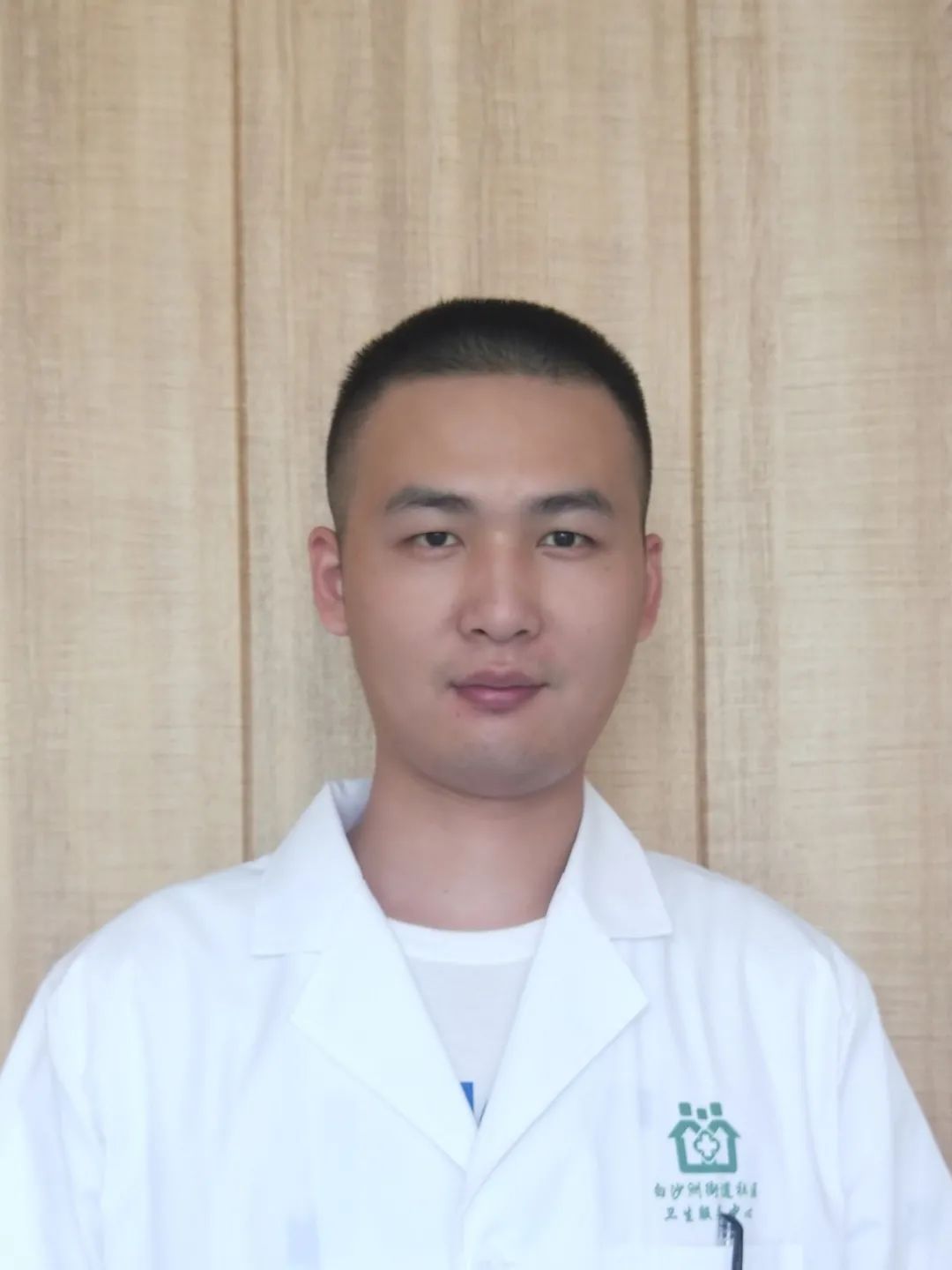
Dr. Wang Haibo
Attending physician, graduated from Changsha Medical College Clinical Medicine Department, with 6 years of clinical experience, previously participated in training at Changsha Central Hospital and obtained a general practitioner certificate. Specializes in the diagnosis and treatment of hypertension, coronary heart disease, diabetes, bronchitis, pneumonia, and pediatric cough.
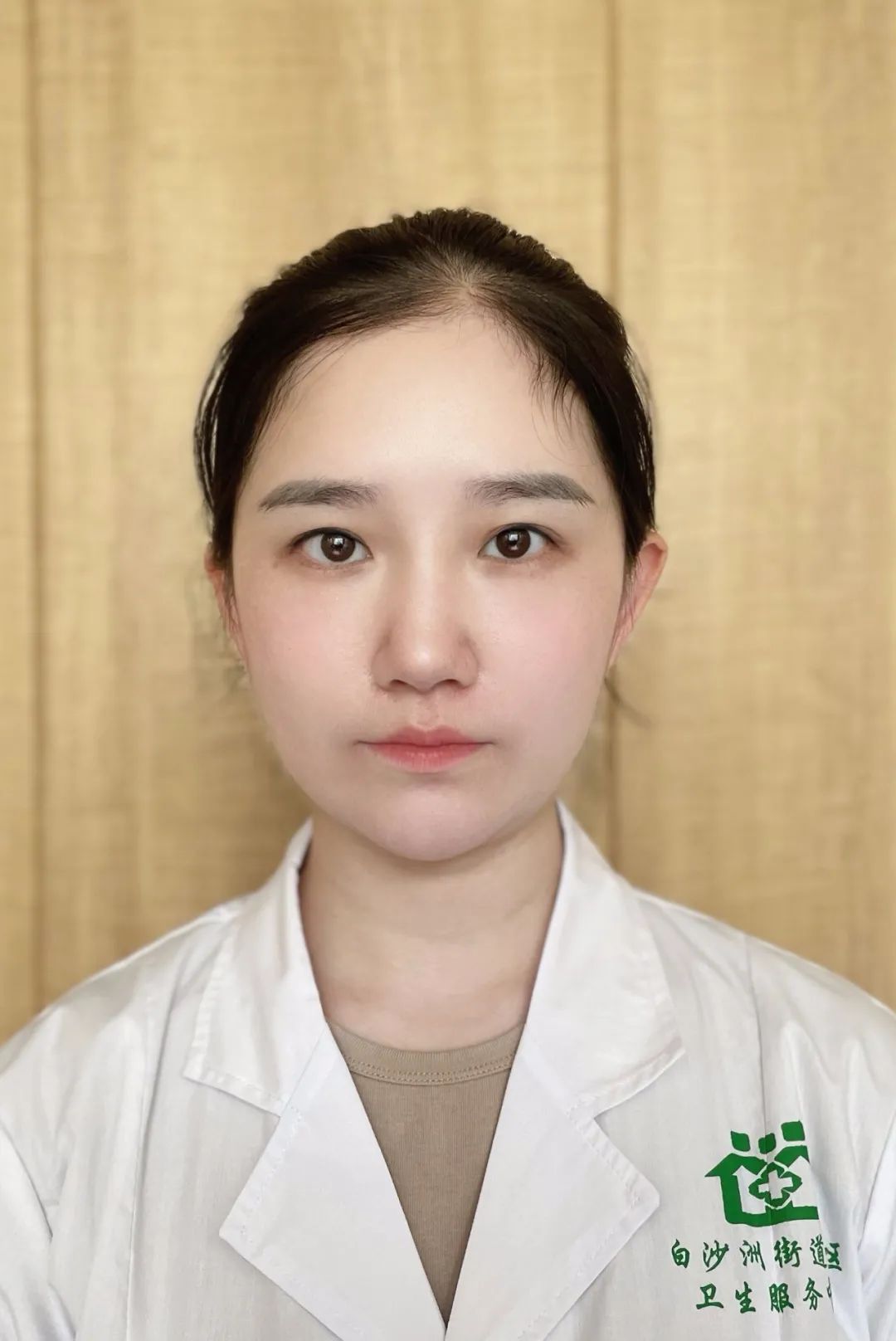
Dr. Ou Qianqian
Attending physician specializing in integrated traditional Chinese and Western medicine, graduated from Hunan University of Traditional Chinese Medicine, with over 10 years of clinical experience, previously studied at Hunan Xiangya Third Hospital, familiar with the diagnosis and treatment of diseases in various internal medicine systems. Specializes in the application of integrated traditional Chinese and Western medicine to treat bronchitis, pneumonia, asthma, pharyngitis, coronary heart disease, hypertension, cerebral infarction, diabetes, gastritis, enteritis, constipation, cervical spondylosis, lumbar spondylosis, and other common diseases in internal medicine as well as common pediatric diseases.
Contact Information: 0731-81865708 (Hospital Office)
0731-81865704 (General Practice)
0731-81865710 (Gynecology)
0731-81866961 (Pediatrics)
0731-81865701 (Immunization)
0731-81865702 (Public Health)
0731-81865703 (Traditional Chinese Medicine)
Address: Intersection of Xiaohe Road and Tongxin Road, Wangcheng District, Changsha City (Buildings 2 and 3 of Kaili Huati Zijing)

